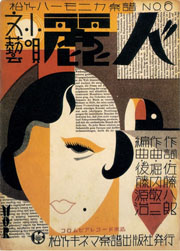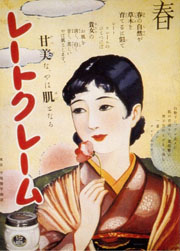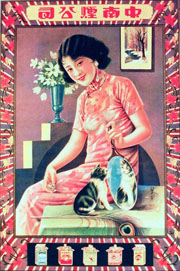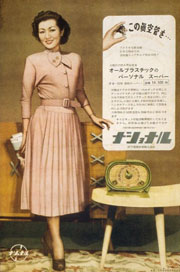Eugene Wang
If the currency design serves as an ideological barometer, the first reminbi (People’s Currency) issued at the founding of PRC in 1949 came as a surprise. Of the sixty-two designs comprising the first set of reminbi, only two of them feature worker-and-peasant bust-portraits. For the socialist discourse that glorifies the worker-and-peasant duo as the “master of society,” this iconographic anomaly needs to be accounted for. Why was it so rare to install the worker-and-peasant duo on the face of the People’s Currency? How did these two designs manage to get there on the eve of the founding of PRC? Who were the sitters for the worker-and-peasant duo featured in these exceptional designs? Why did the portrait sitters belatedly come out of obscure anonymity to claim their modeling roles four decades after the fact? Why are there conflicting claims? Who are the real ones? Above all, should the icons of generic worker-and-peasant images be identified as individuals? How do we speak of the visual representation of socialist subjectivity in the postsocialist years? These are the questions to be addressed in my paper.



